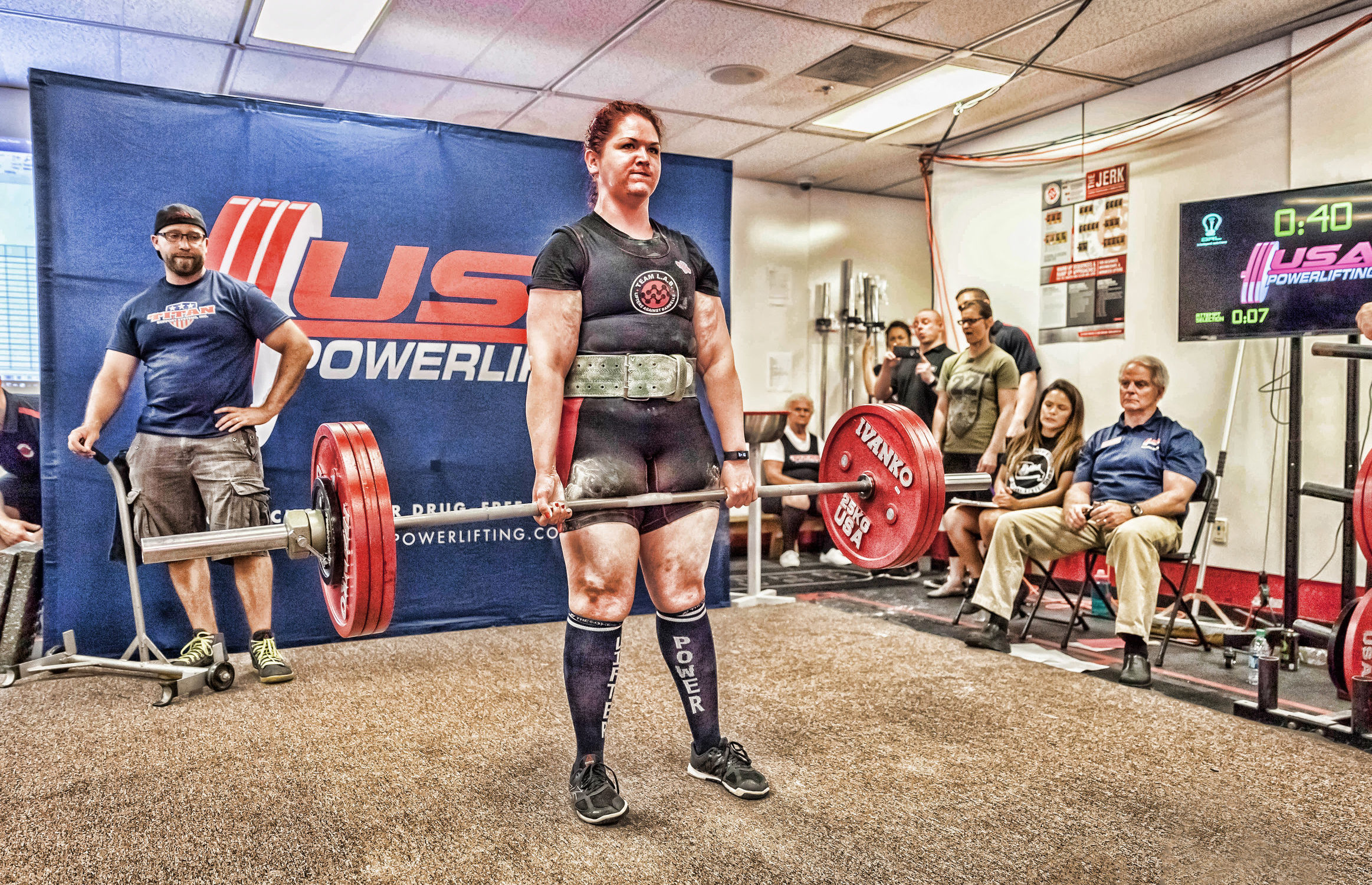Three Powerlifting Disciplines for Powerful Digital Marketing
Powerlifting and digital marketing aren’t typically talked about in the same space. As someone with experience in both, I’d like to change that. Though one features squatting, benching, and deadlifting and the other branding, storytelling, and selling, the same fundamentals are required for success in either.
1. Set Realistic Goals
When I was approached to try competing in powerlifting, I jumped in blindly. With only four weeks to prepare for my first meet, my expectations weren’t high. Much to my amazement, I ended up setting a Missouri deadlift record of 402 pounds. So I raised my expectations for future events. Even though I was new to the sport, of course I would set more records and easily qualify for Nationals.
I was very wrong. I definitely did not easily qualify for Nationals; I didn’t qualify at all.
Among other reasons, I was wrong based on a lack of research and a strong desire for instant gratification.
Just as it was unlikely for a newcomer like me to qualify for Nationals at my first go, it’s unlikely for a business to reach x-thousand qualified followers on a brand new social media page in a few months.
It’s completely normal to want those kinds of results, but it’s not realistic or constructive.
Instead, keep your goal of x-thousand qualified followers, but make realistic adjustments based on category research. Perhaps, instead, modify the timing and budget, like six months instead of a few and with a $5,000 third-party budget instead of unicorn-organics. That breaks down to about 833 new followers per month with $833 ad spend, which, while aggressive, is more reasonable than 1,700 followers per month with zero ad spend.
2. Consistency is Key
To find success in powerlifting, an athlete must be consistent. I have to hit the gym at 4:30 every morning and eat a strict diet of grilled chicken and veggies to prepare for a big meet, but I know that only that consistency will get me the results I want.
Early gyms and grilled chicken or regular Grams and grilled chicken content, the rule applies for brands: be consistent.
A big promotion on social media after several weeks of silence will land with a thud. Followers move on; you lose credibility. Successful brands are built through repetitive, consistent messaging, whether that messaging be through words, designs, offerings, or perspective.
3. Data is Your Friend
Before aiming for a weightlifting goal, I look at my data from the previous days. What did I eat? How many hours did I sleep? How much did I lift the week before? These factors all come into play when deciding if I should shoot for 388 pounds or 401 pounds.
Data talks. It tells stories. Both in powerlifting and marketing, measuring and analyzing data is essential. Data should drive the draft of a blog post, the target audience for a Facebook ad, and the start date of a campaign. That doesn’t necessarily mean mounds of expensive third-party research (moreover, there are plenty of times where anecdata matters), but it does mean having relevant reasons. While digging through pages and piles of data and drawing inferences from relevant experiences takes time, we know that it’s a non-negotiable for producing strategic work for our clients.
In powerlifting, I rely on experienced coaches to help me improve my technique and get stronger. For digital marketing, I like to think of MarketPlace as that experience to help you take home leads and increase sales. Let us know if you’re wanting MarketPlace to be the coach in your corner, and let’s set some digital marketing records (or at least some realistic goals) as part of your larger brand development project. Contact us today!

